Kitchen apron design: 100 best ideas, finishes and designs
A kitchen apron is called the part of the wall, which is located in the working area between the floor and wall cabinets. Since this surface is highly susceptible to contamination, very stringent requirements are imposed on materials that are used to finish it.
Recommendations for the design of a kitchen apron
The main task of a kitchen apron is to protect the wall and furniture from heat, water, steam and grease spatter. Therefore, choosing a material for decoration, you need to consider its main characteristics. Over time, it should not deform, and care for such an apron should be easy.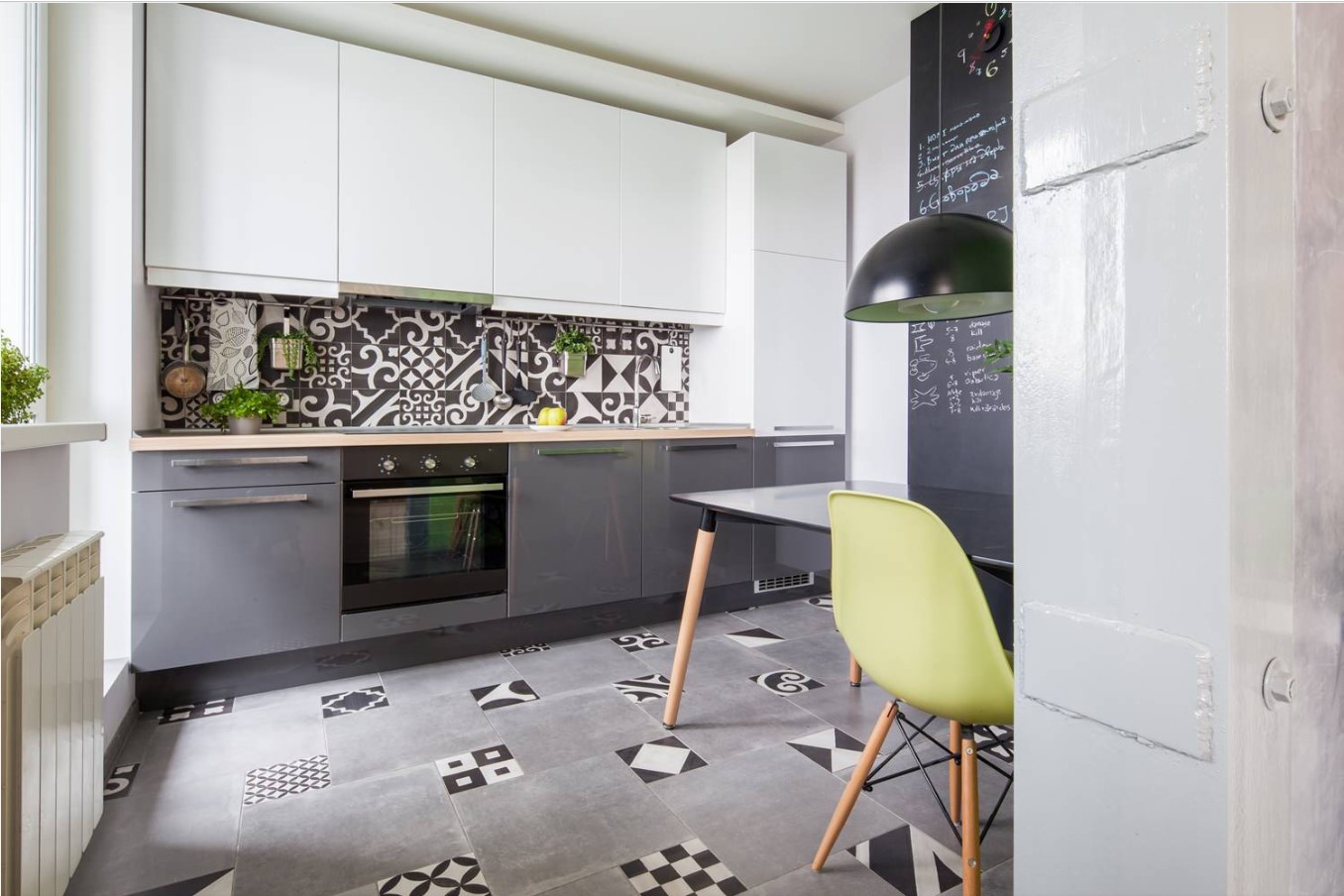
Despite the fact that some designers do the decoration of the entire wall, still an apron stands out separately. And thanks to the color, pattern or texture it becomes a bright detail. To make the space harmonious, it can be made of the same material as the countertop.
The dark surface is considered impractical. But if you still decided to make the apron saturated, you need to "muffle" the rest of the kitchen. For visual lengthening of the room, use horizontal stripes. A mirror surface will make the kitchen more voluminous.
To make food look more appetizing here, experts recommend using warm shades.
Tile apron
Since ceramic tile is resistant to moisture, high temperatures and chemicals, it is durable and has an affordable cost. It is she who is the most popular material for finishing a kitchen apron. The only drawback of such a coating are seams that are able to absorb liquid and various contaminants. But special waterproof materials will help to solve this problem.
Ceramic tiles can have different colors and shapes. The modern style of the kitchen involves the use of square and hexagonal patterns. In the classic design, more decorative options can be used.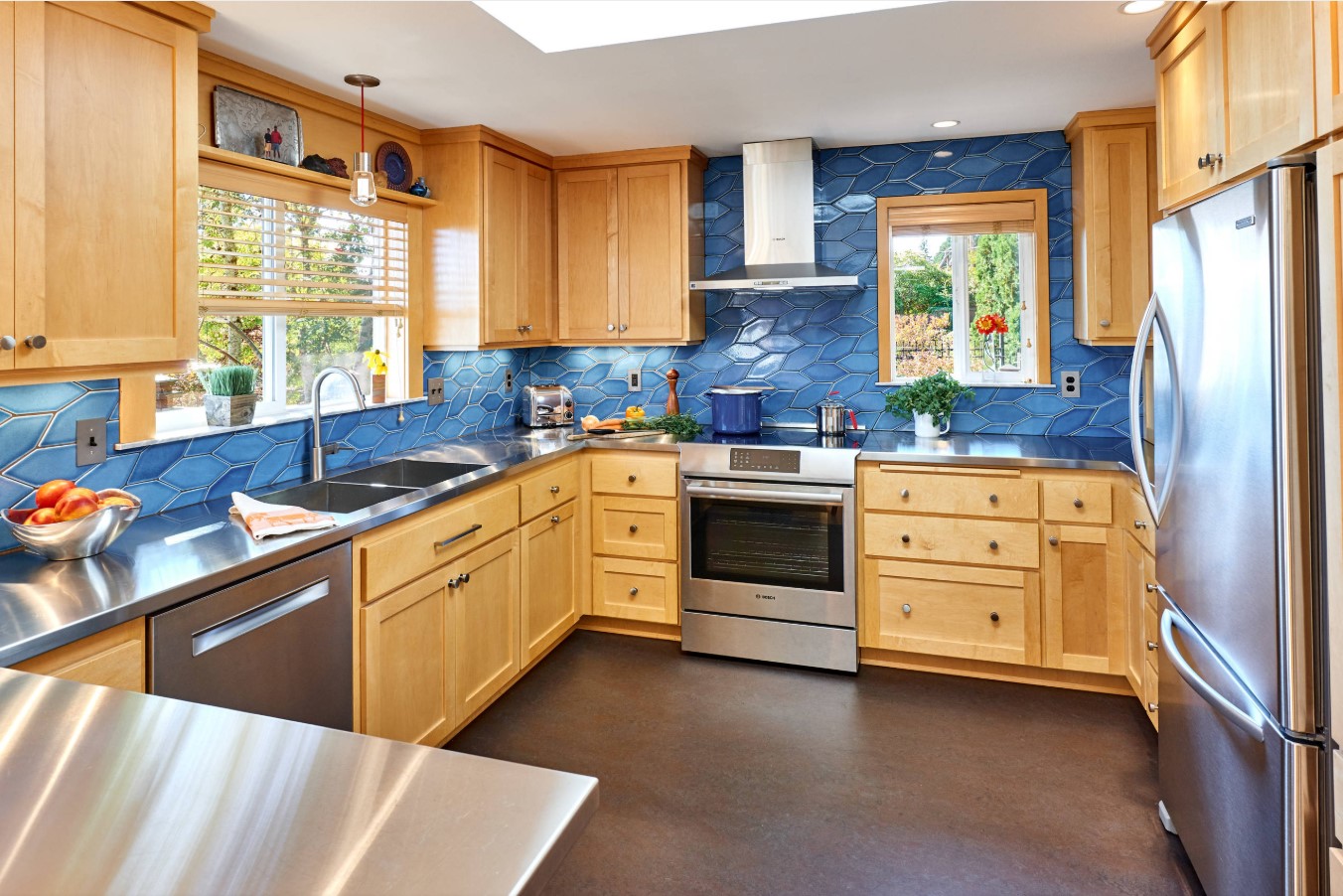
The tile is suitable for the design of the entire wall and goes well with other materials. Working with such material requires certain skills, and facing work is a fairly easily soiled process. You also need to consider that updating the design of a kitchen with tiles often does not work. Therefore, her choice must be approached responsibly.
 Mosaic in the kitchen
Mosaic in the kitchen
Mosaic composition always looks complicated and elegant. It can be used to create abstract patterns, various patterns or colors. The material of such parts can be very different, which will certainly affect not only the appearance of the apron, but also its practical properties.
The "puzzle" made of decorative stone will have a deep texture, so it is better to choose it in restrained colors. Ceramic or glass panels are suitable for complex compositions. Those who prefer minimalism should confine themselves to the design of the surface in one tone.
Mosaic is produced in the form of matrices, the size of which varies from 1 * 1 cm to 5 * 5 cm. The advantage of such a finishing material is an aesthetic and presentable appearance. To make the apron durable, you need to choose high-quality glue. The disadvantage of this surface is the multiple seams that can accumulate dirt, the difficulty in working with the material and its high cost.
Kitchen apron made of stone
Such material can be both natural and artificial. The first option is not common, as it is not durable enough and is expensive at the same time. The most environmentally friendly and durable is granite.Marble will look noble on the wall, however, due to excessive humidity in the room, it can quickly lose its attractive appearance.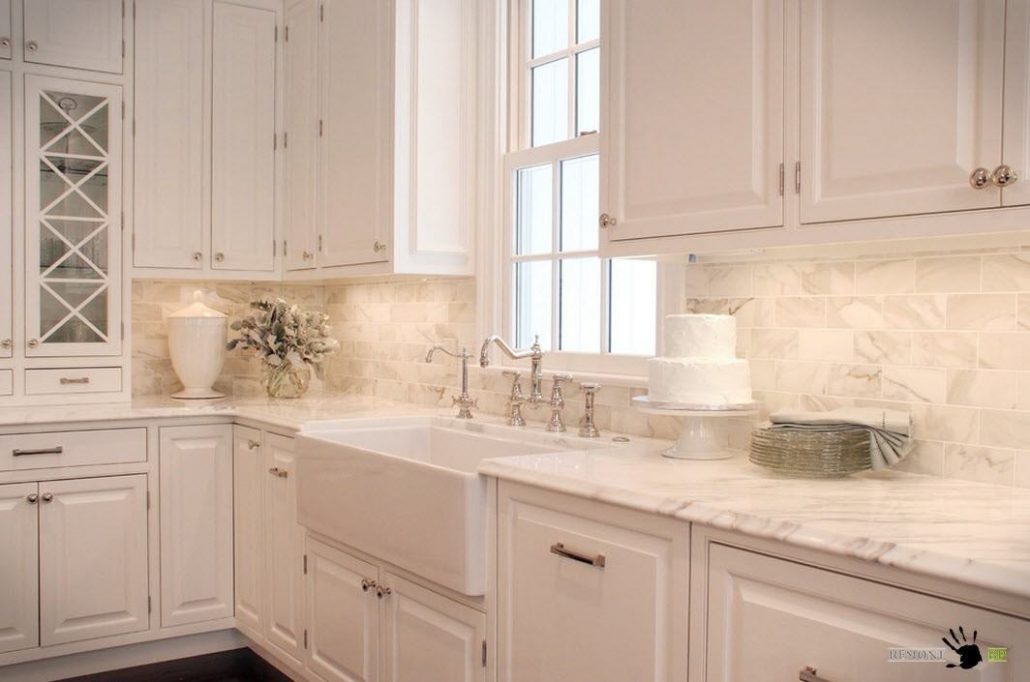
Cheaper and more practical to use artificial counterparts in the kitchen. Products made of quartz or acrylic do not lend themselves to deformation, moisture absorption and will aesthetically look on the kitchen wall. A plaster apron can last no less than a long time if it is additionally treated with a special varnish.
Experts do not recommend using several varieties of stone in one room at once. This is especially true of modern interior design.
Glass kitchen apron
Any glass product is associated with fragility and fragility. However, to design a kitchen apron, they do not use simple, but tempered glass. Such material is not afraid of temperature changes, the sun, scratches and other damages, therefore it can last at least 10 years. In most cases, glass is used to protect other coatings, and sets on top of them.
The design of such a coating can be monophonic or imitating the texture of other materials. To give brightness to the working area, photo printing is used. The disadvantage of this finishing material is its high price and the need to place an order based on the size of the apron, which is associated with the complexity of the process of trimming glass.
Steel surfaces
To design a kitchen in the style of minimalism, hi-tech or loft, steel is ideal. Such an apron refers to exclusive options. It makes the room stylish, expensive and even somewhat official. Therefore, to give it "warmth" and a homely atmosphere, steel is combined with wood.
The most popular and affordable are aprons made of stainless steel. There are also copper options, but they cost a lot more. Their texture can be matte, glossy or mirror. In this case, the entire free surface of the working area is covered with a metal sheet, which allows to achieve the effect of monolithicity without the formation of seams. Special lighting allows you to effectively highlight the apron.
MDF and wood kitchen apron
Such models cannot be called an ideal option for the kitchen, as the material itself is able to absorb dirt, odors and moisture. However, for some, the environmental friendliness of wood becomes a mandatory component of kitchen design. In this case, the coating must be pre-treated with special oils and varnish. A wooden apron can become part of any style. It can be combined with other elements of the kitchen. More affordable option are aprons from MDF.
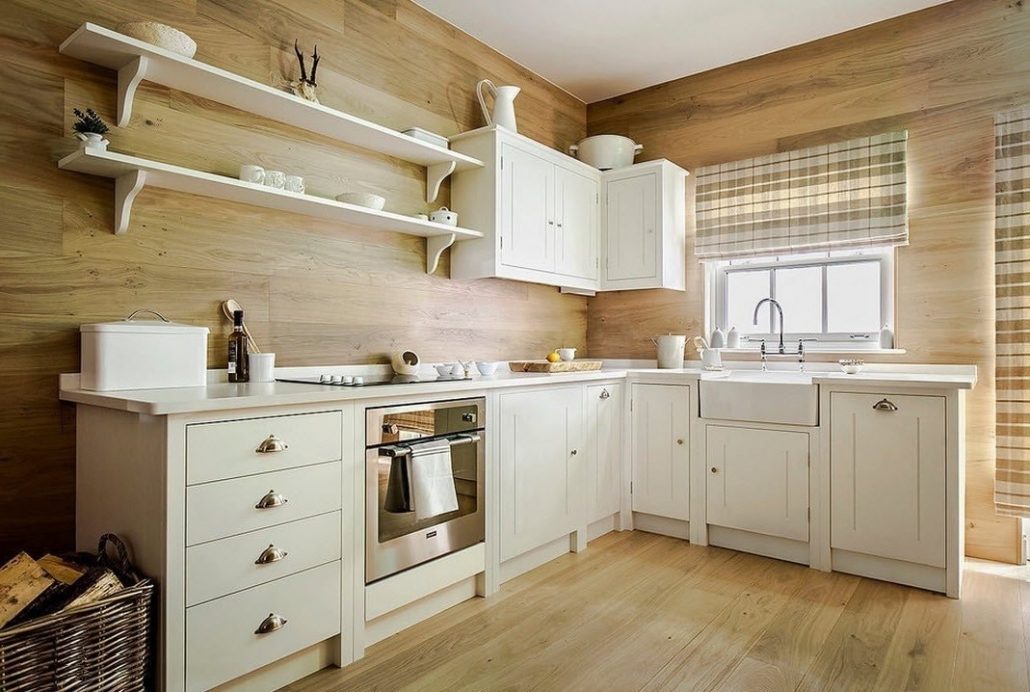 Mirror apron
Mirror apron
An alternative to glass or tile can be a mirror cladding, which does its job perfectly. It has a long service life and does not require long-term personal care. Such a surface will be resistant to moisture, fungus and chemicals. Modern glass aprons have increased strength.


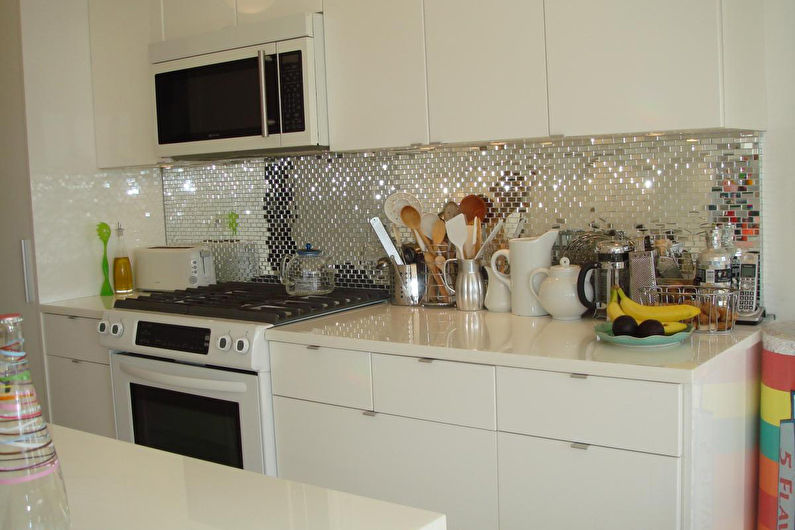
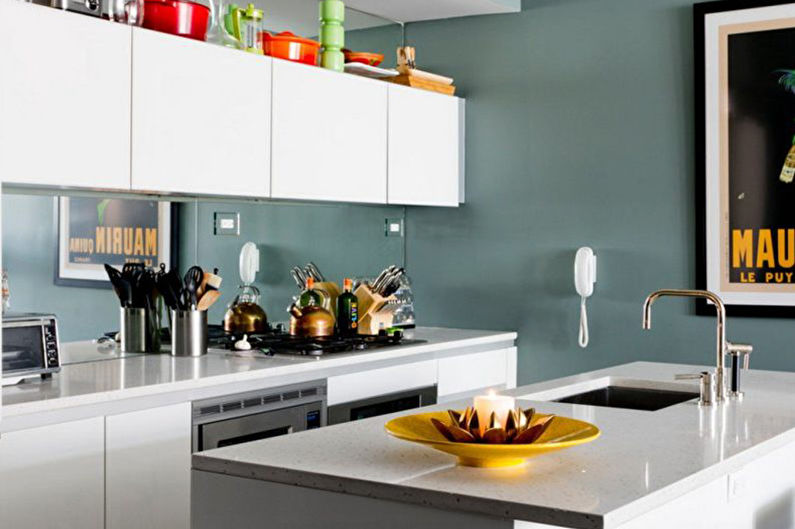
Porcelain apron
The constituent substances of porcelain stoneware are quartz sand, clay, silicate and pigments. By using this material, other materials, such as marble or wood, can be imitated.


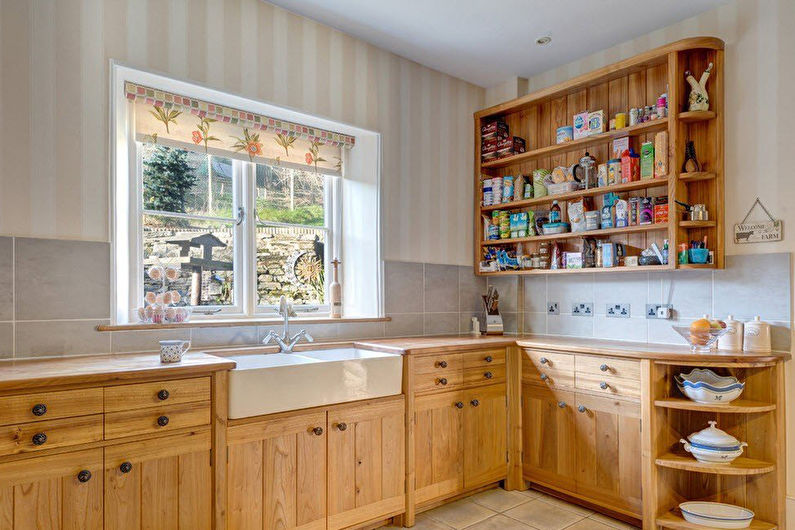
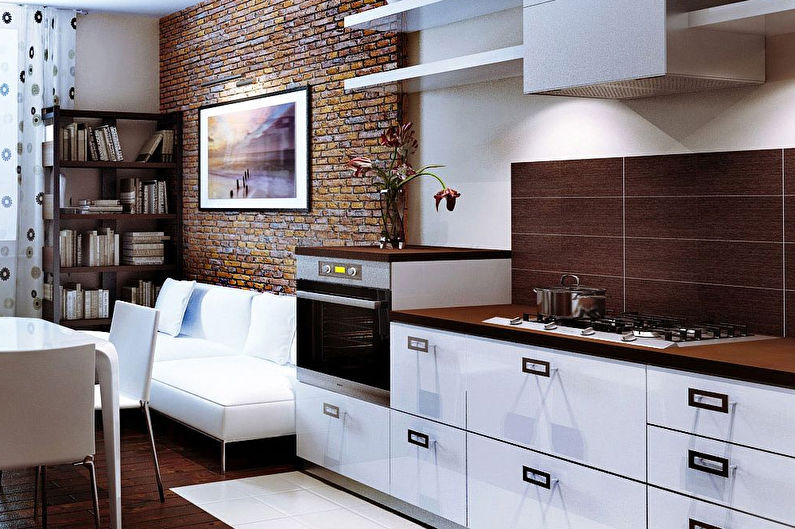
The color scheme of the kitchen apron
If you have chosen a bright coating, you should be ready for continuous cleaning of the apron, as even a little pollution against such a background will attract attention. The most suitable for kitchen aprons are neutral shades. A highlight in this case may be the texture of the coating.
If you intend to use several colors, it is better to choose contrasting shades (black and white or black and red, etc.)
Ideas for decorating a kitchen apron

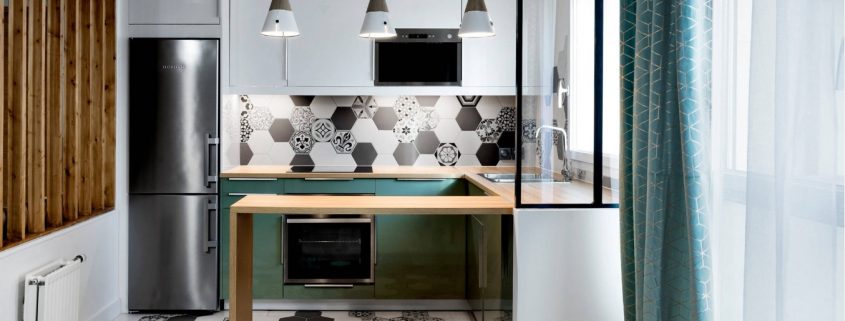






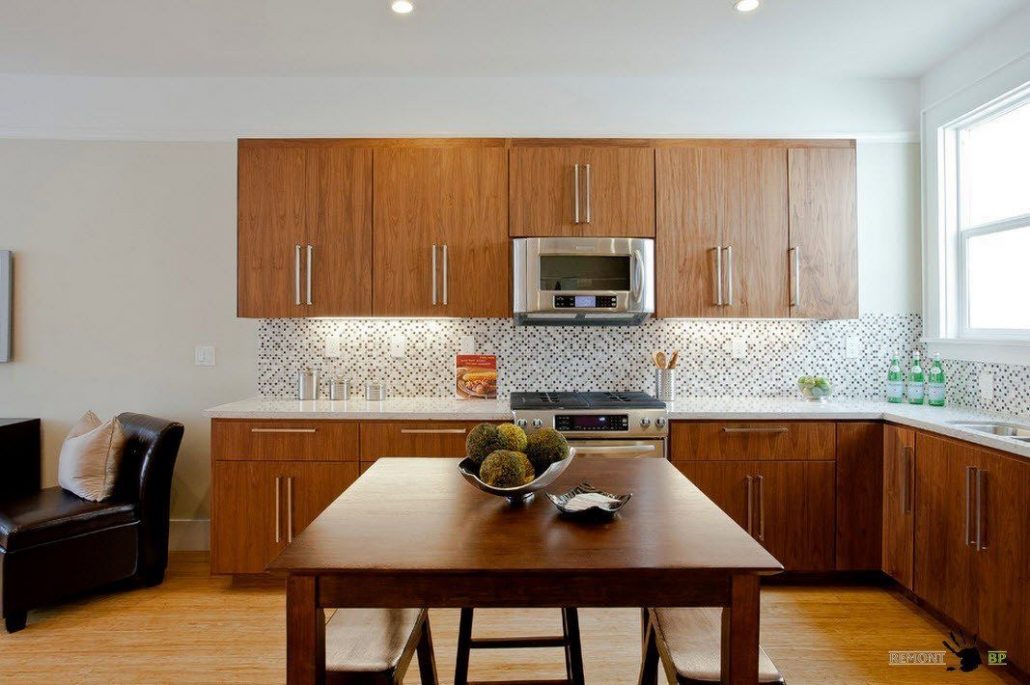

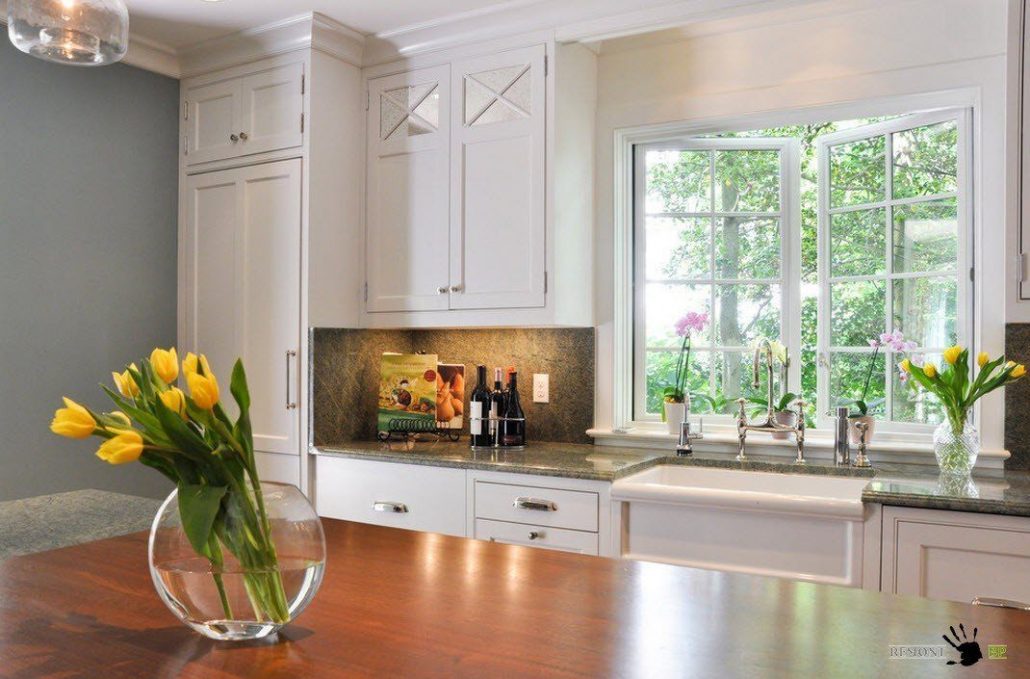
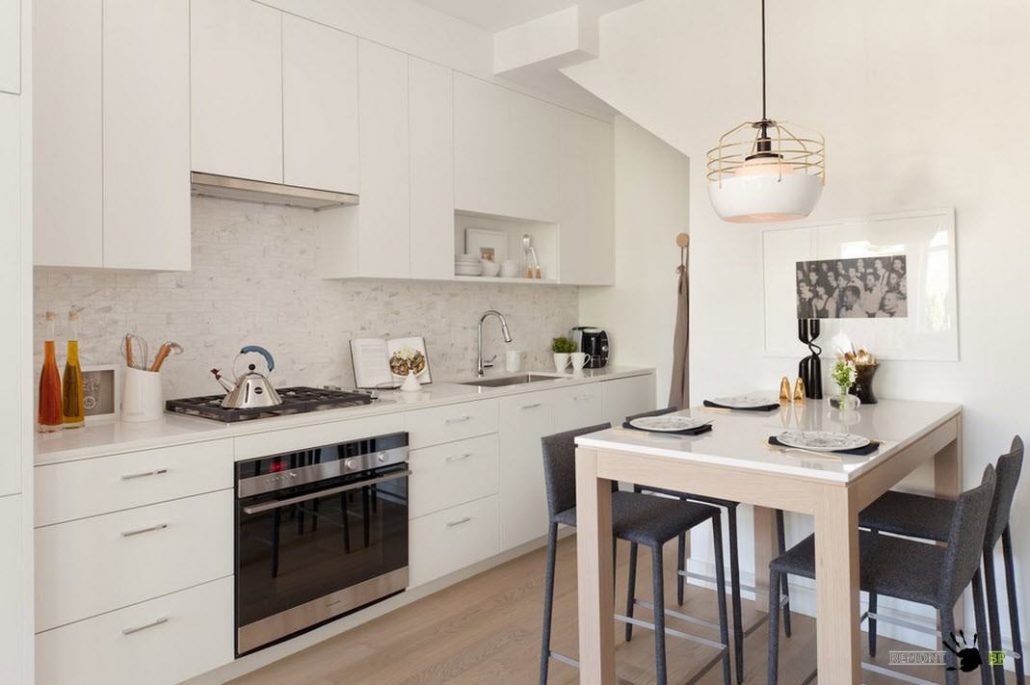

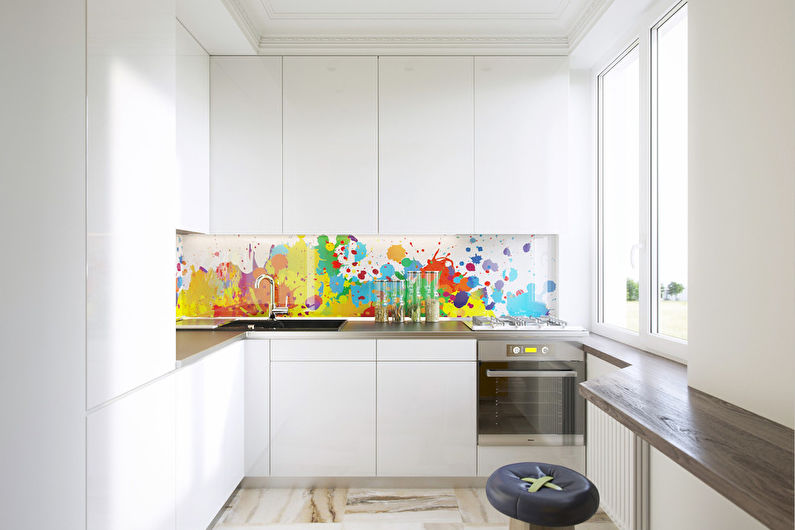


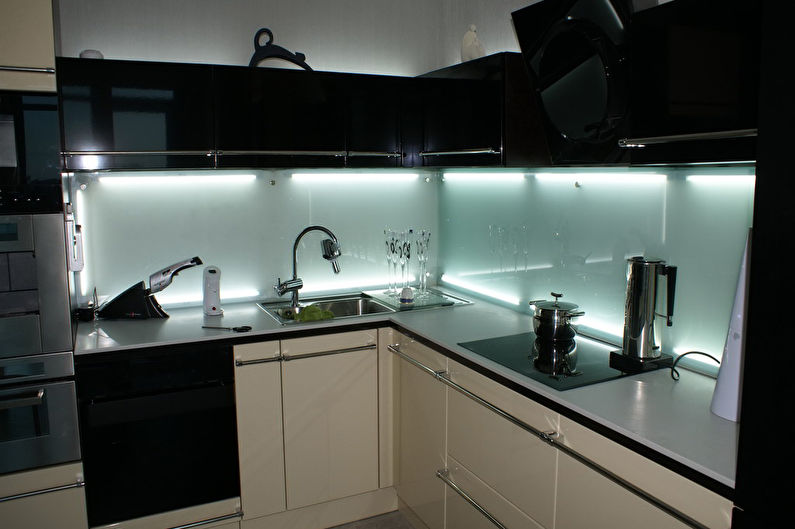



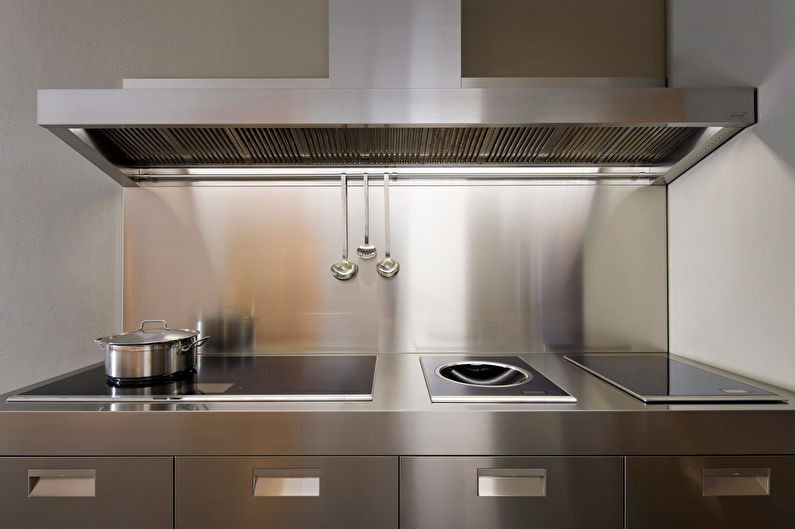



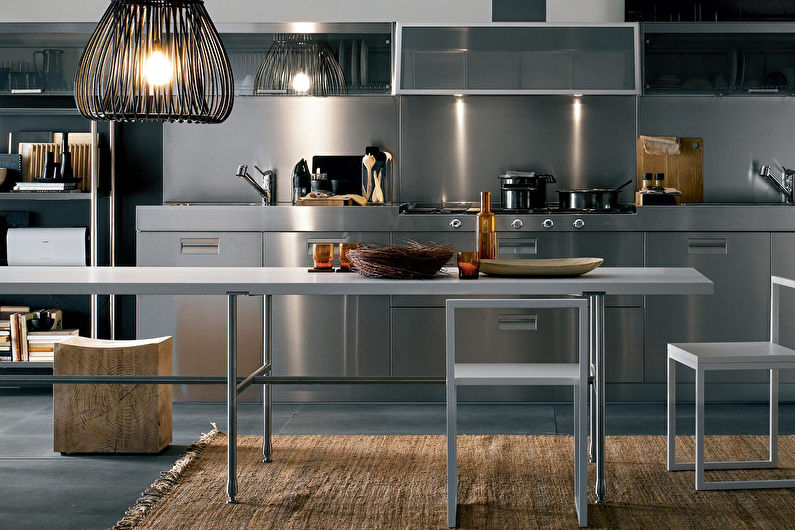

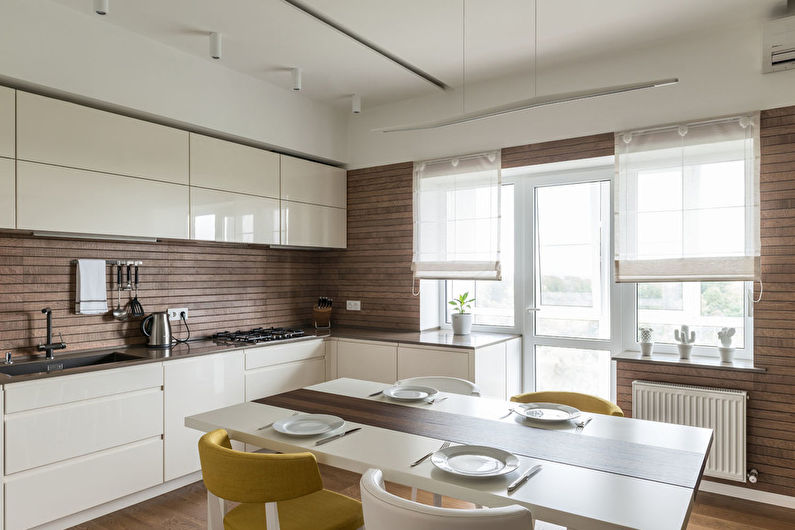







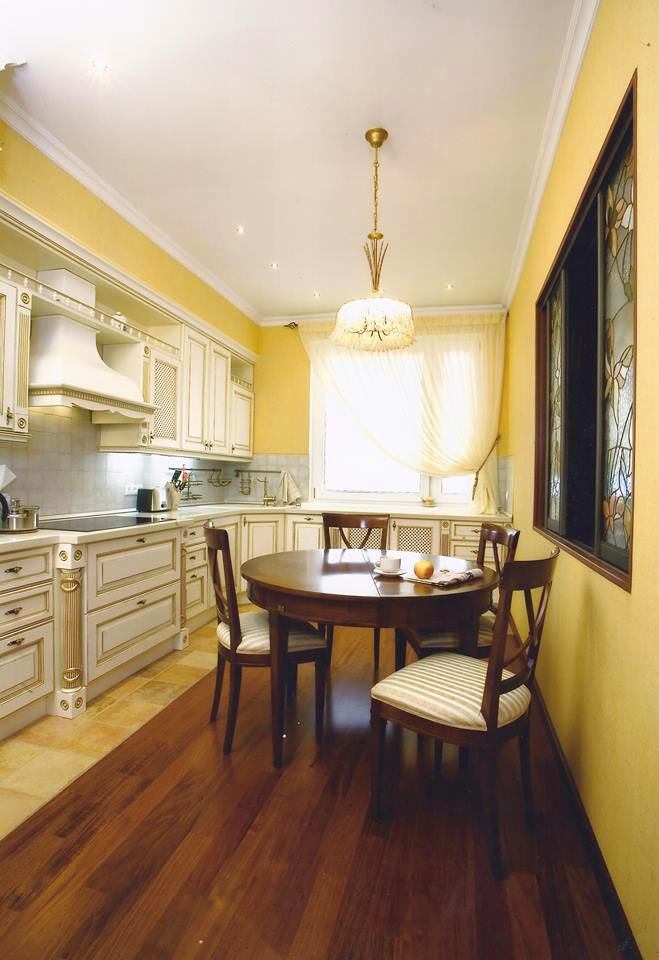
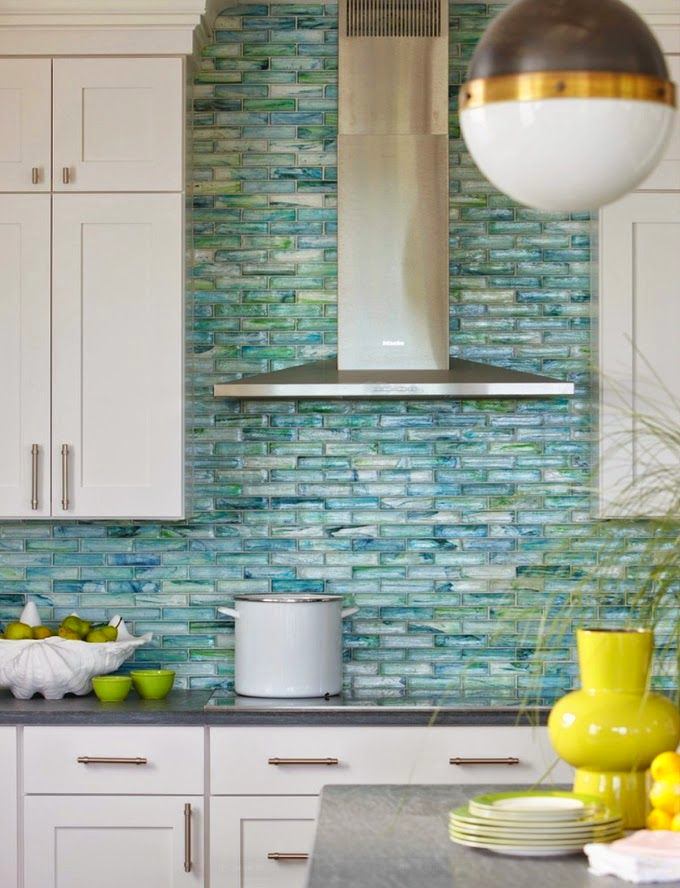


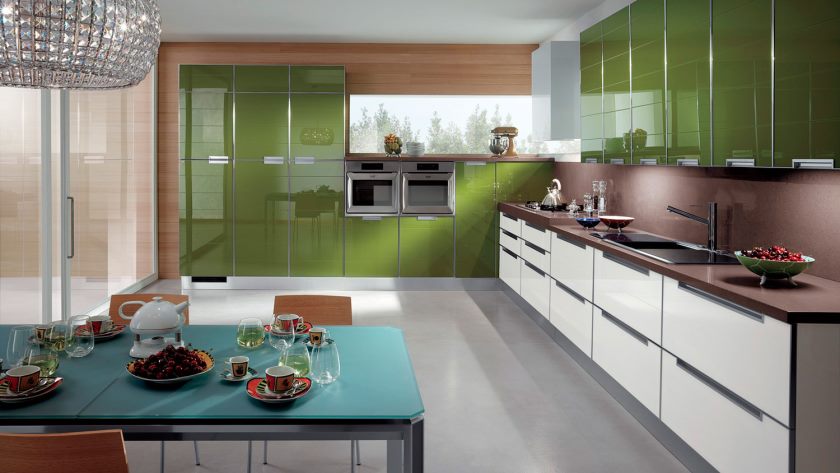

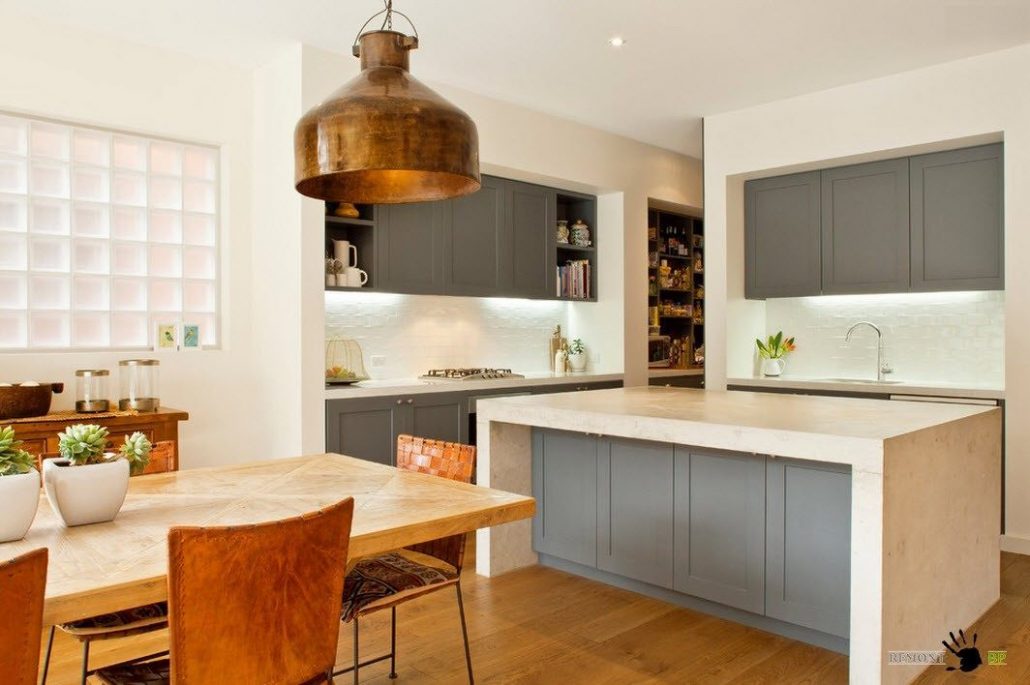
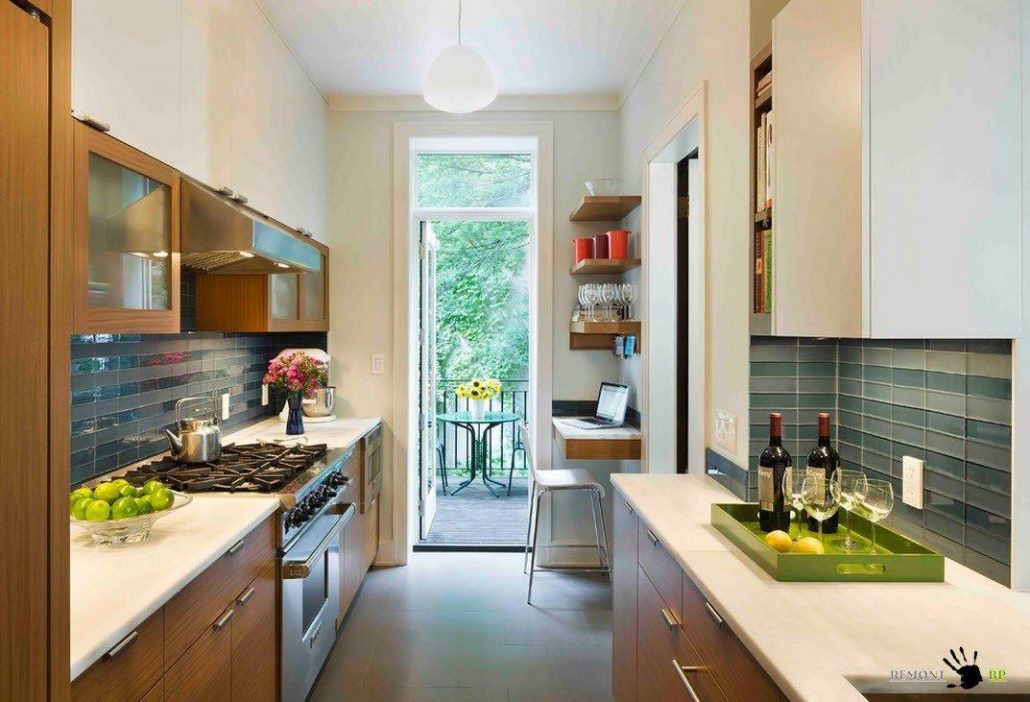



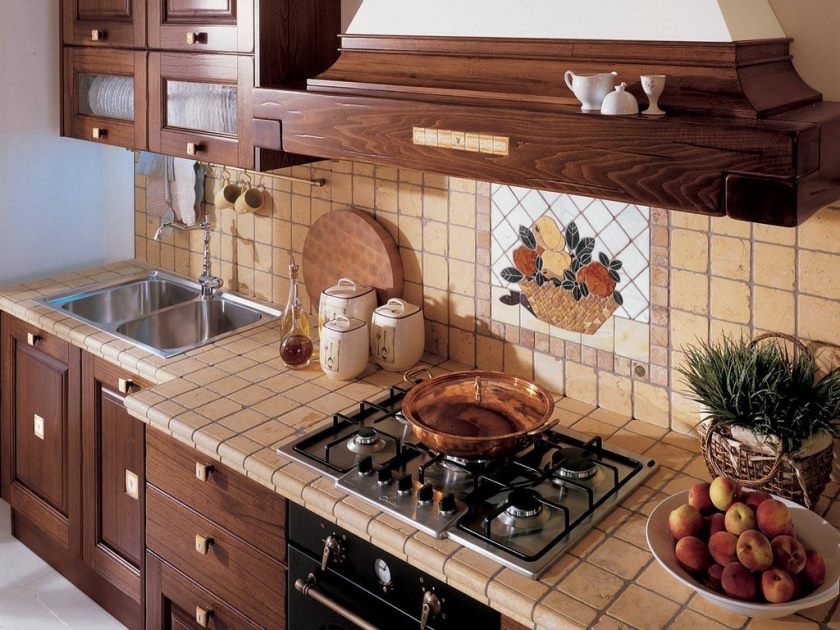
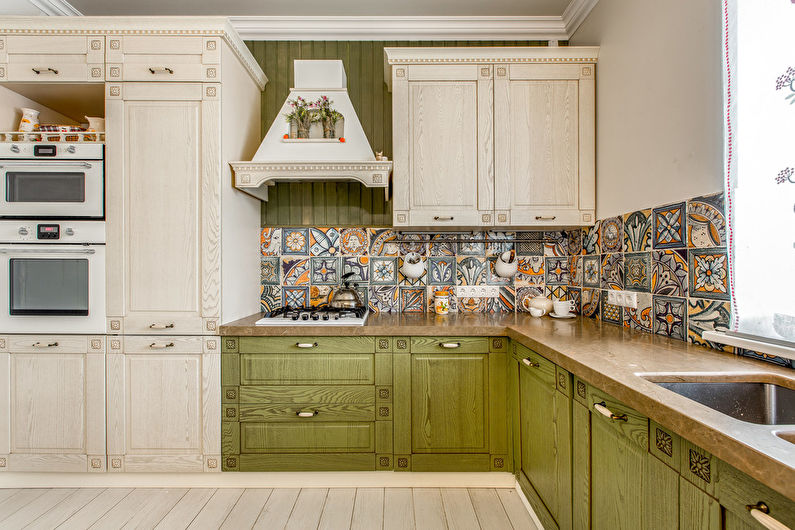



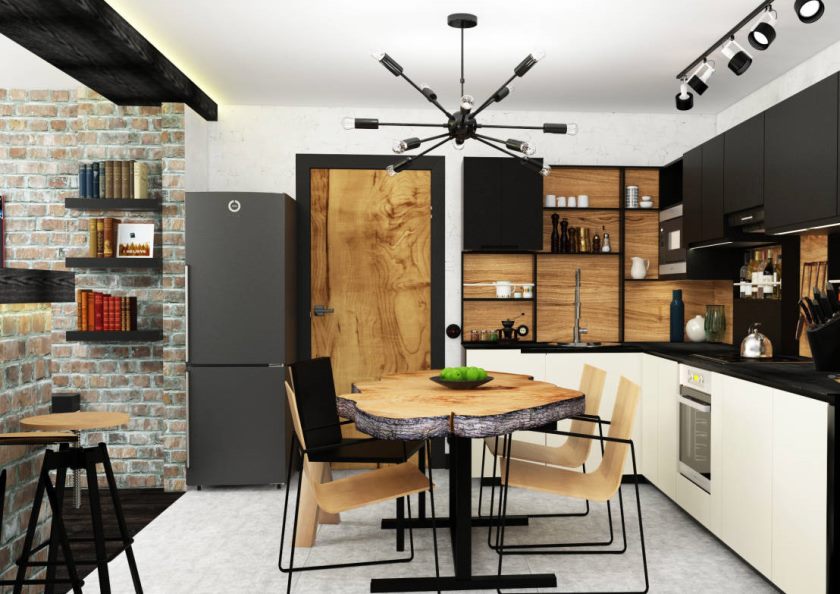










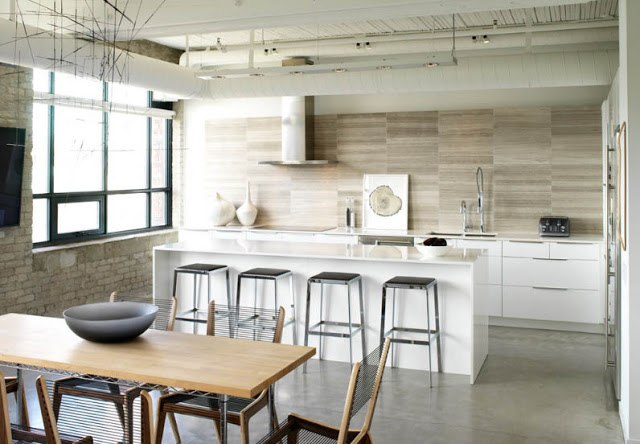
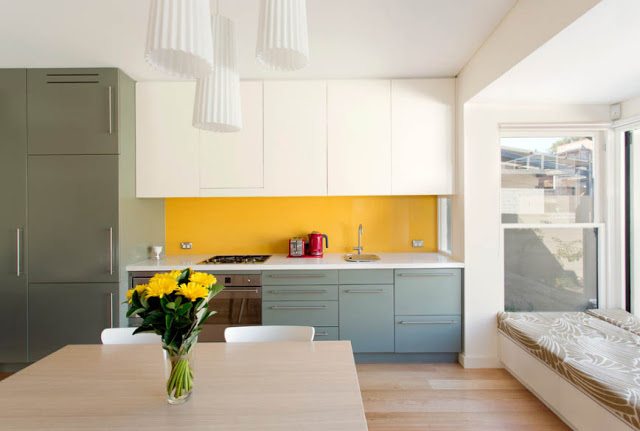

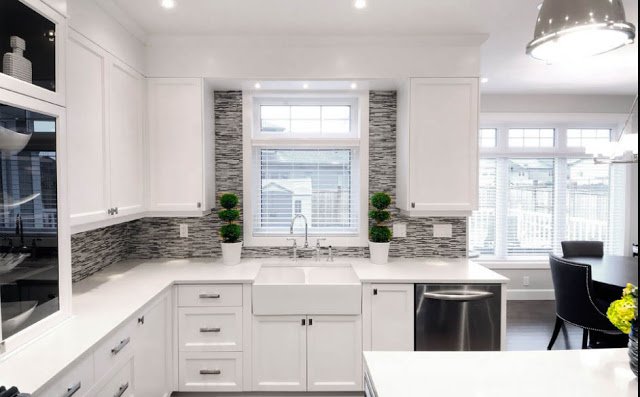

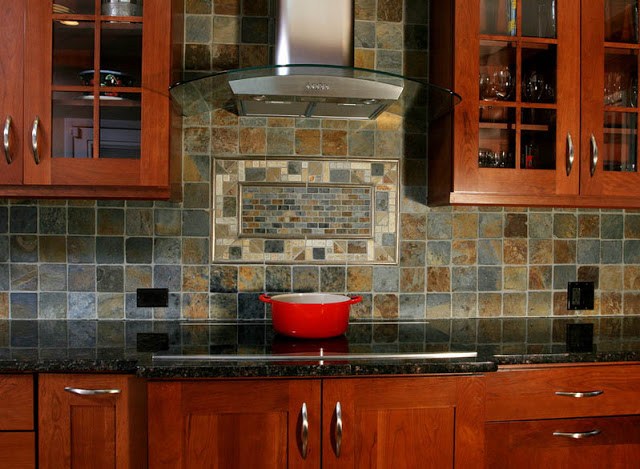


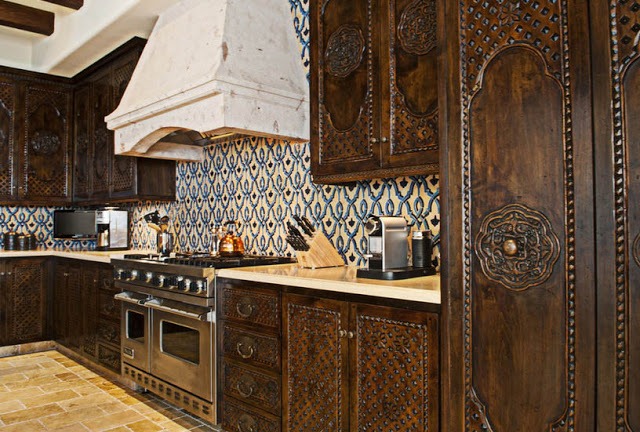
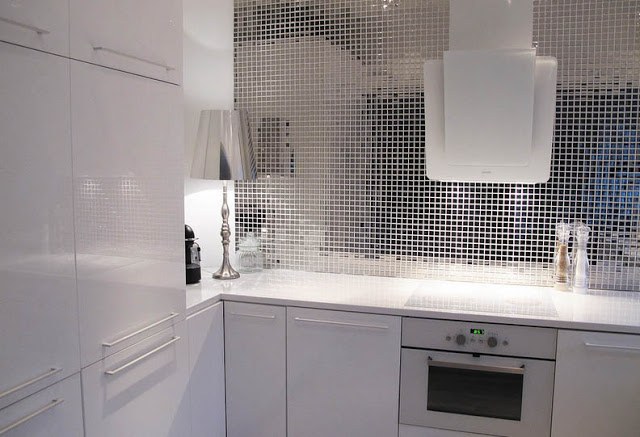


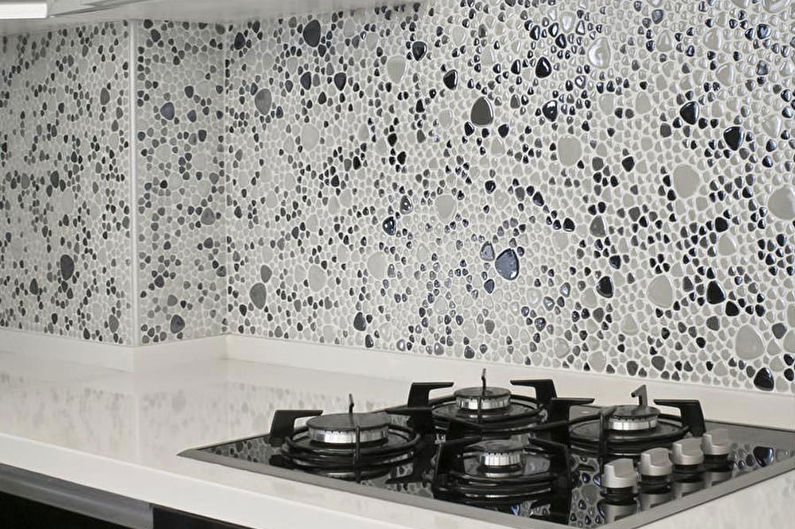
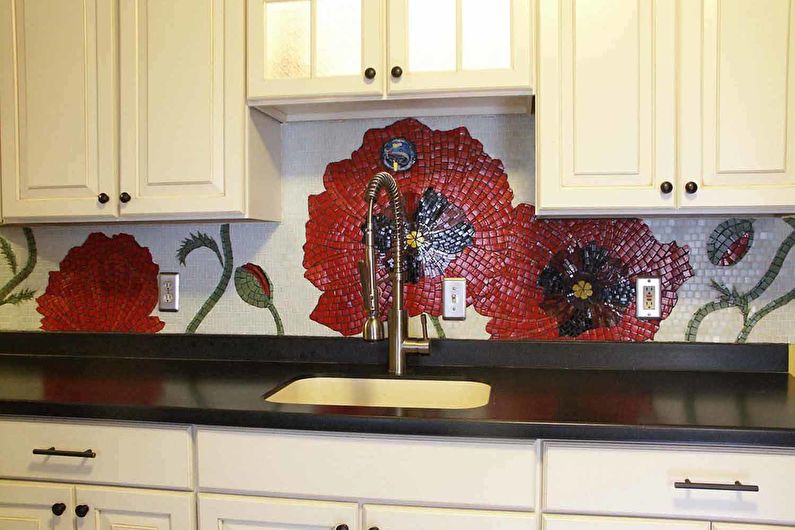
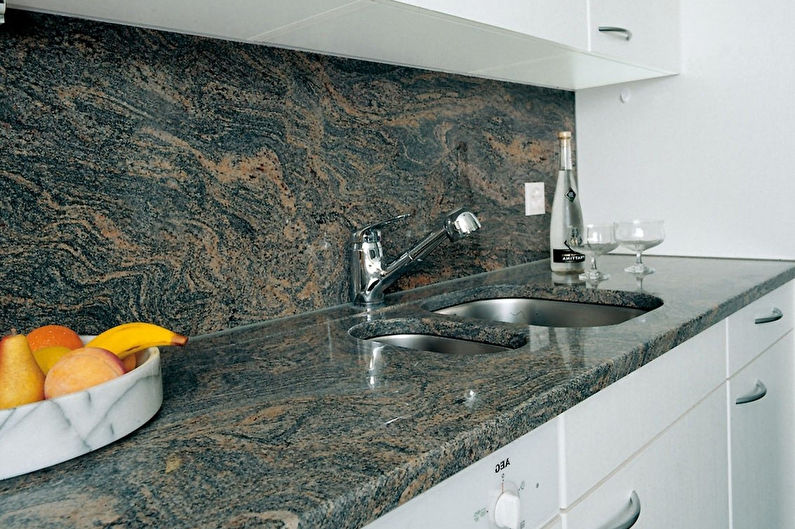



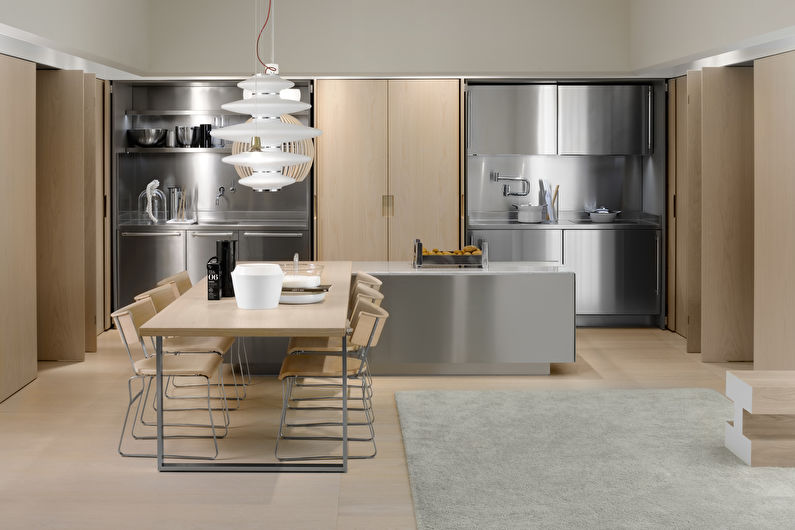
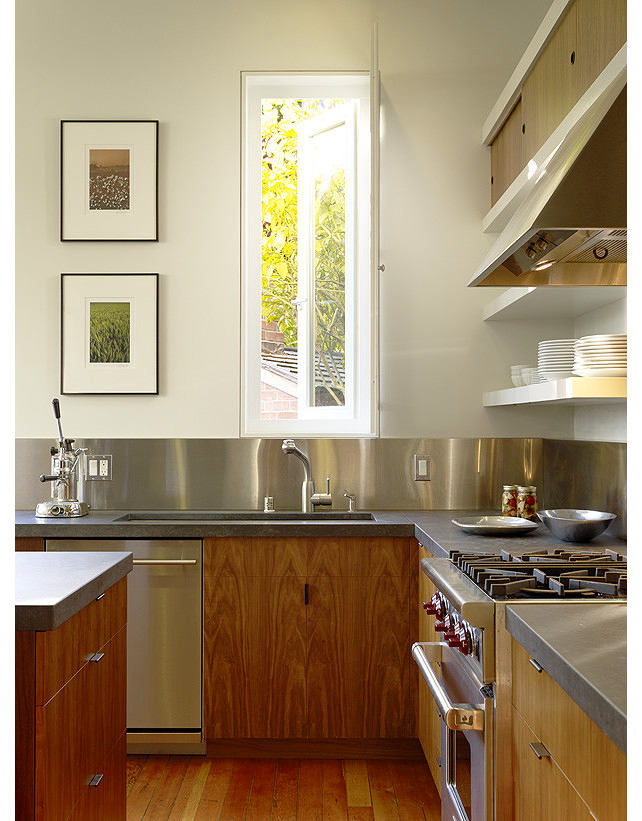




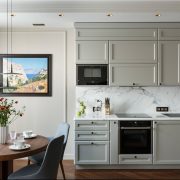







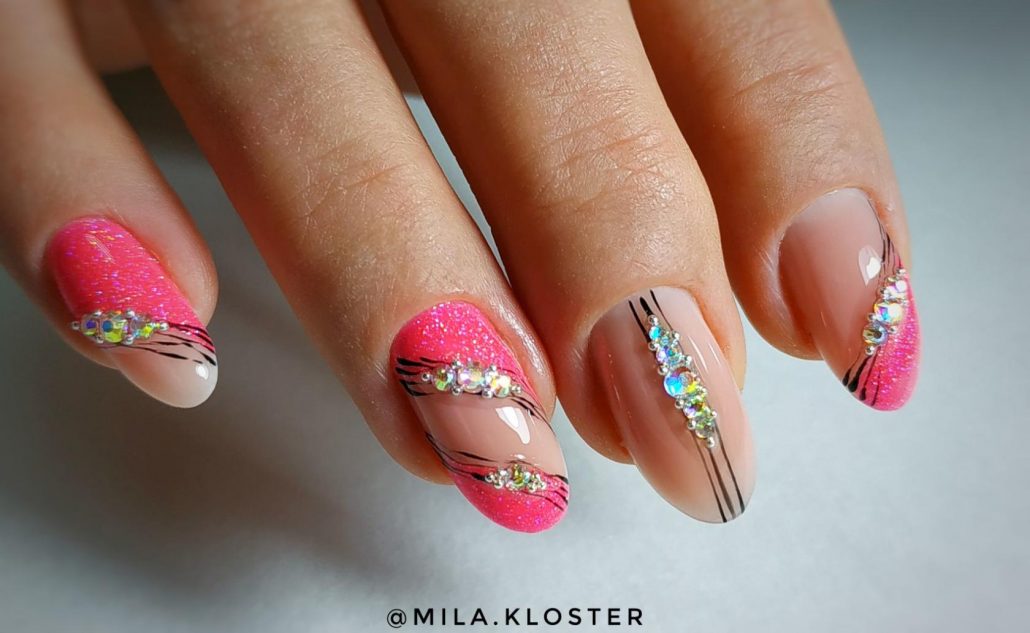

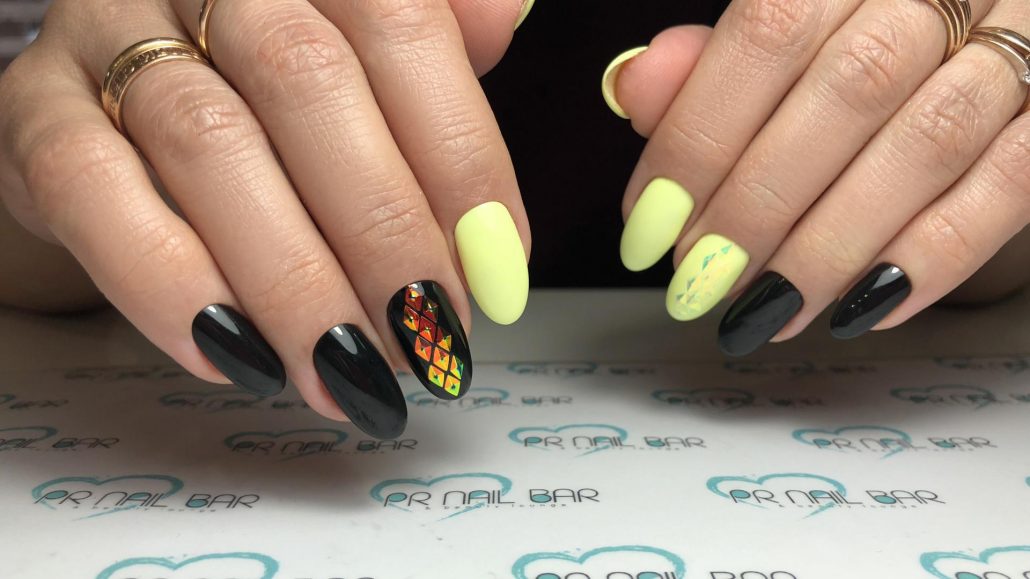
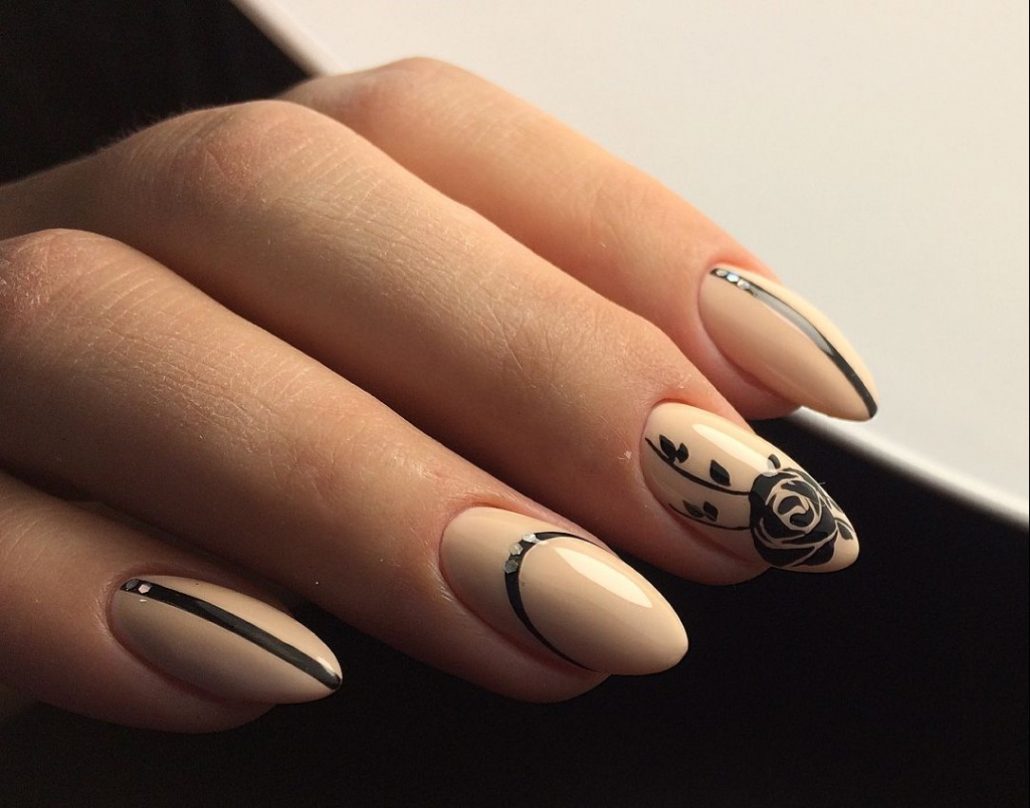


To answer
Want to join the discussion?Feel free to contribute!